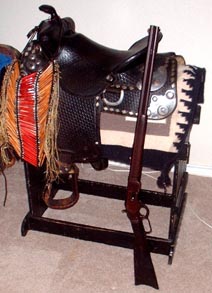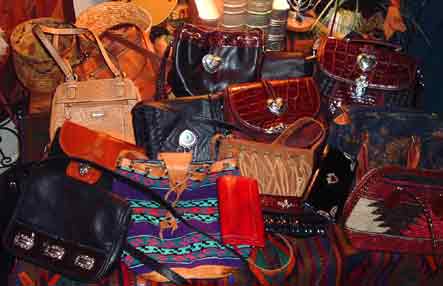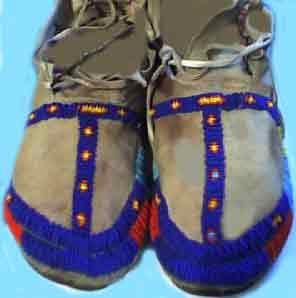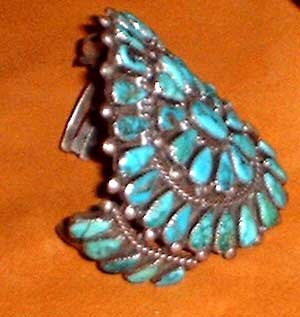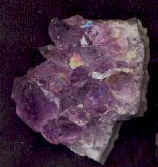|
BIOGRAPHY OF TEXAS EXPLORER, CABEZA DE VACA
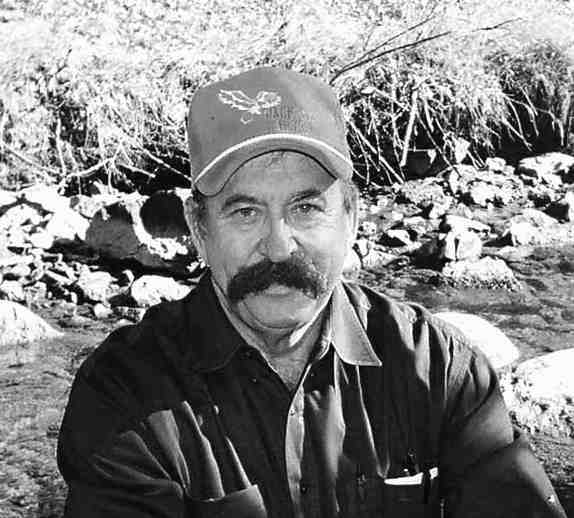

CABEZA de VACA BORN 1492 IN SPAIN
Cabeza de Vaca was born into the Spanish nobility in 1492. Cabeza de Vaca was the son of Teresa Cabeza de Vaca y de Zurita. In 16th-century documents, his name appeared as "Alvar nu�ez cabe�a de vaca". Cabeza de Vaca means literally, "head of cow". This surname was granted to his mother's family in the 13th century, when his ancestor Mart�n Alhaja aided a Christian army attacking Moors by leaving a cow's head to point out a secret mountain pass for their use. (In the prologue to La Relaci�n, his account of his shipwreck and travels in North America, Cabeza de Vaca refers to his forefather's service to the King, and regrets that his own deeds could not be as great.)
In 1527, Cabeza de Vaca sailed from Spain with several hundred soldiers as part of a royal expedition intending to occupy the mainland of North America. As treasurer, Cabeza de Vaca was one of the chief officers of the Narv�ez expedition. Within several months of their landing near present day Tampa Bay, Florida on April 15, 1528, Cabeza de Vaca and three other men were the only survivors of the expedition party of 300 men.
As the navigators were unsure of their location, Cabeza de Vaca decided to keep the land and sea forces together. Narv�ez and the other officers, excited by rumors of gold, overruled him and started off on a march through Florida, promptly getting even further lost. After several months of fighting native inhabitants through wilderness and swamp, the party reached Apalachee Bay with 242 men. They believed they were near other Spaniards in Mexico, but there were in fact 1500 miles of coast between them. The men were starving, wounded, sick, and lost in swampy terrain, but came up with a plan for escape.
Slaughtering and eating their horses, they melted down stirrups, spurs, horseshoes and other metal items, fashioned a bellows from deerhide to make a fire hot enough to forge tools and nails. They constructed five primitive boats to use in search of Mexico. Cabeza de Vaca commanded one of these vessels, each of which had room for only 50 men. Depleted of food and water, they followed the coast westward, until they reached the mouth of the Mississippi River. The current swept them into the Gulf and the five rafts were separated by a hurricane, some lost forever, including that of Narv�ez.
Two crafts of about 40 survivors, including Cabeza de Vaca, wrecked on or near Galveston Island. The explorers called it Malhado ("Misfortune"), or Island of Doom. The rafts were soon destroyed by the powerful waves and the number of survivors dwindled rapidly. They were enslaved by various Native American tribes of the upper Gulf Coast. These included the Hans and the Capoques. Only four men, Cabeza de Vaca, Dorantes, Castillo, and an enslaved Moroccan Berber named Esteban (later called Estevanico), survived and escaped to reach Mexico City.
Traveling mostly in this small group, Cabeza de Vaca explored what is now the U.S. state of Texas, as well as the northeastern Mexican states of Tamaulipas, Nuevo Le�n and Coahuila, and possibly smaller portions of New Mexico and Arizona. He traveled on foot along the then-Spanish territories of Texas and Nuevo Santander coast. He continued through the New Kingdom of Le�n, Coahuila and Nueva Vizcaya; then down the Gulf Coast to what is now Sinaloa, Mexico, over a period of roughly eight years. He lived in conditions of abject poverty and, occasionally, in slavery. He was naked the whole time, ever since having sacrificed his clothes to make the boats.
During his wanderings, passing from tribe to tribe, Cabeza de Vaca developed sympathies for the indigenous population. He became a trader, which allowed him freedom to travel among the tribes. Cabeza de Vaca comprehended his survival and journey in religious terms, in that he claimed to have been guided by God to learn to heal the sick. He gained such notoriety as a faith healer that he and his companions gathered a large following of natives who regarded them as "children of the sun", endowed with the power to both heal and destroy. Many natives accompanied the men across what is now the American Southwest and Northern Mexico.
After finally reaching the colonized lands of New Spain where he encountered fellow Spaniards near modern-day Culiac�n, Cabeza de Vaca went on to Mexico City. From there he sailed back to Europe in 1537.
Numerous researchers have struggled to trace the exact route travelled by Cabeza de Vaca. As he did not begin writing his chronicle until back in Spain, he had to rely on memory. Cabeza de Vaca was uncertain of the route he traversed. Historians realize that his account has numerous errors in chronology and geography, but many have tried to put together pieces of the puzzle to discern his paths.
After his return to Spain, Cabeza de Vaca wrote about his experiences in a report for king Carlos I of Spain. It was published in 1542, under the title La Relaci�n (The Report). Later called Naufragios (Shipwrecks), it is considered a classic of colonial literature. Cabeza de Vaca wanted to return to Florida and succeed P�nfilo de Narv�ez as governor, but King Charles had already appointed Hernando De Soto to lead the next expedition. Cabeza de Vaca declined to travel with the expedition as second in command.
In 1540, Cabeza de Vaca was appointed adelantado (governor) of the R�o de la Plata in South America. His mission was to re-establish the settlement of Buenos Aires in present-day Argentina.
A plaque commemorating Cabeza de Vaca as the first European to see the Iguazu Falls.En route, he disembarked from his fleet at Santa Catarina Island in modern Brazil. With an indigenous force, 250 musketeers and 26 horses, he followed native trails[3] discovered by Aleixo Garcia overland to the district's Spanish capital, Asunci�n, far inland on the great Paraguai River. Cabeza de Vaca is thought to have been the first European to see the Igua�u Falls. The honor probably belongs to his scouts.
Cabeza de Vaca had an unusually benevolent attitude for his time toward the American Indians. The elite settlers, known as encomenderos, generally did not share this attitude and simply wanted to use the natives for labor. His loss of the elite support, together with the failure of Buenos Aires as a settlement, prompted the former governor Domingo Mart�nez de Irala to arrest Cabeza de Vaca for poor administration in 1544 and return him to Spain for trial in 1545.
Although eventually exonerated, Cabeza de Vaca never returned to the colony. He wrote an extensive report on South America, which was highly critical of de Irala. The report was bound with his earlier La Relaci�n and published under the title Comentarios (Commentary). He died poor in Valladolid around the year 1557.
This is a work in progress. Bookmark this page and come back often. If you have old photographs or family history relating to Texas History, please email me a copy and I'll include your photos on this webpage.
Thanks
Leonard Kubiak
leonard@forttumbleweed.net
 For questions or comments, send me an Emailat leonard@forttumbleweed.net or lenkubiak.geo@yahoo.com For questions or comments, send me an Emailat leonard@forttumbleweed.net or lenkubiak.geo@yahoo.com
|

 For questions or comments, send me an Email at lenkubiak.geo@yahoo.com
For questions or comments, send me an Email at lenkubiak.geo@yahoo.com

 Return to the Main Page
Return to the Main Page



